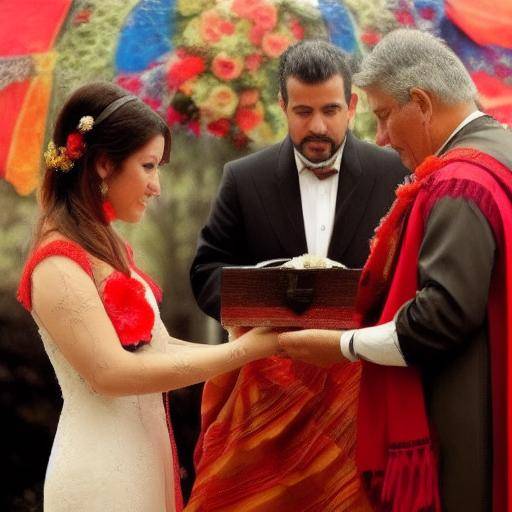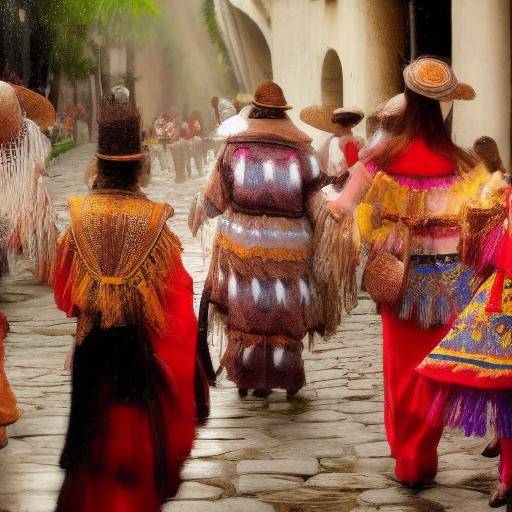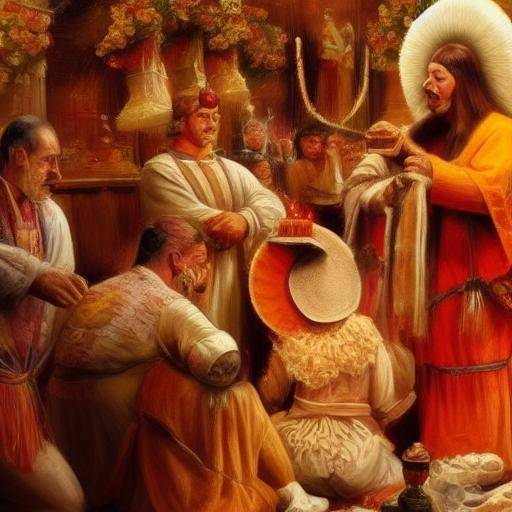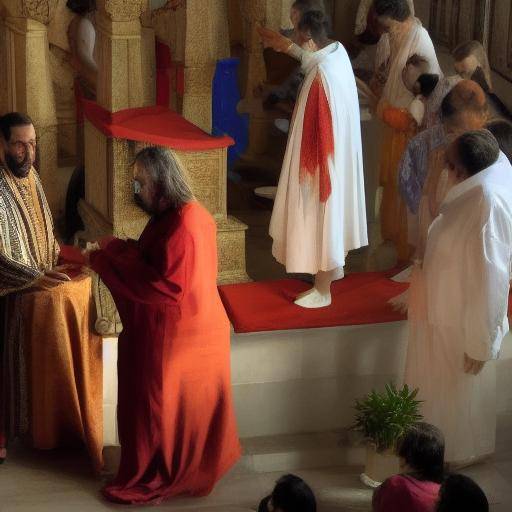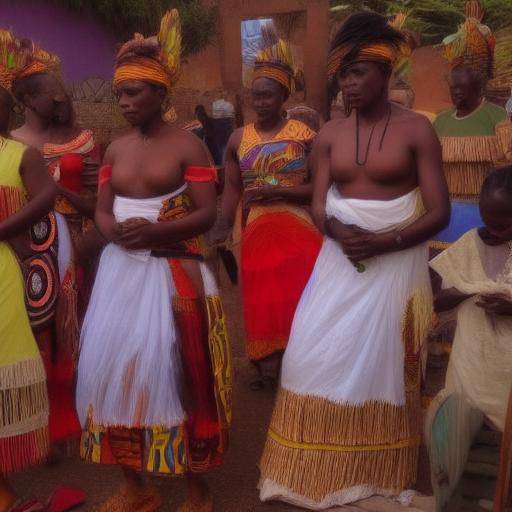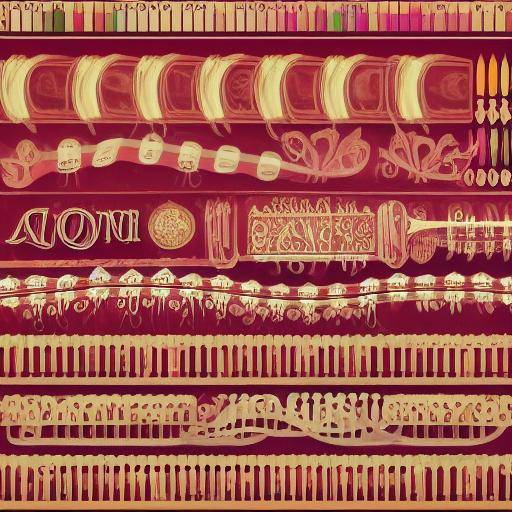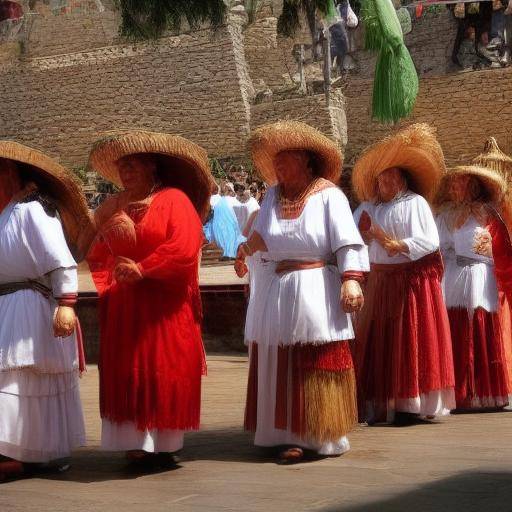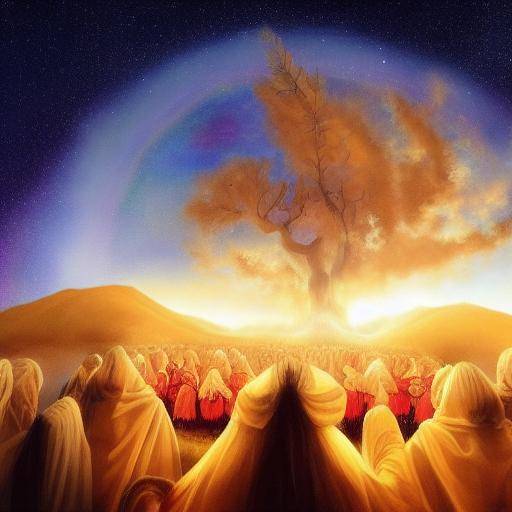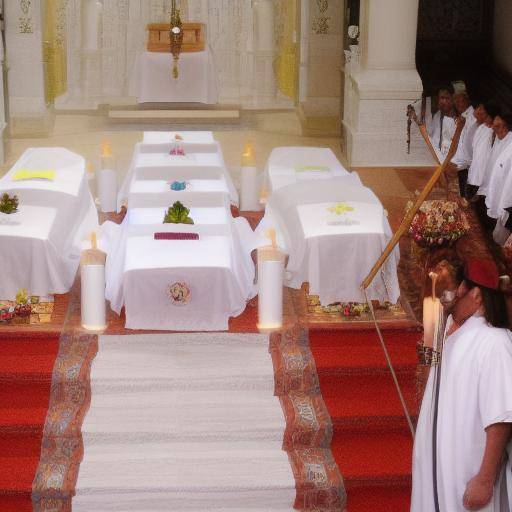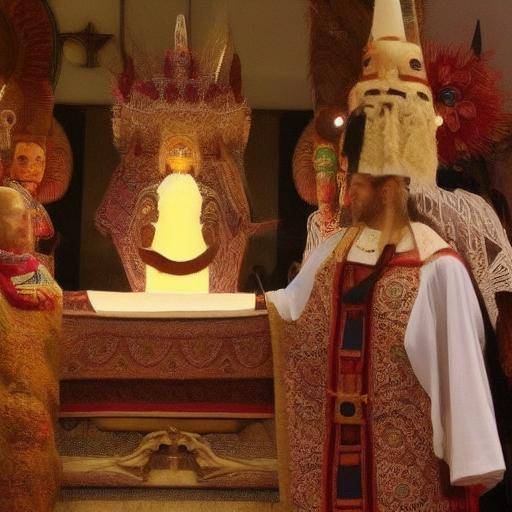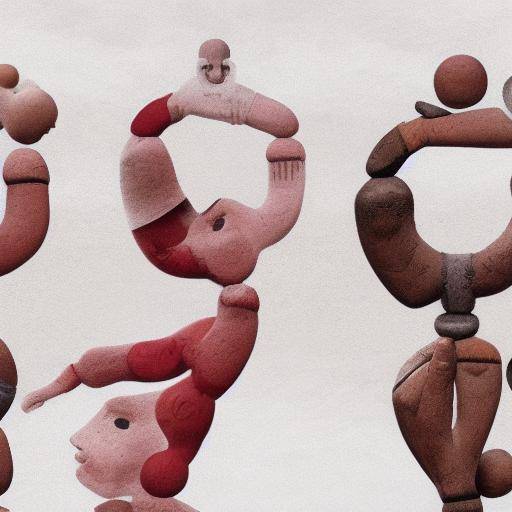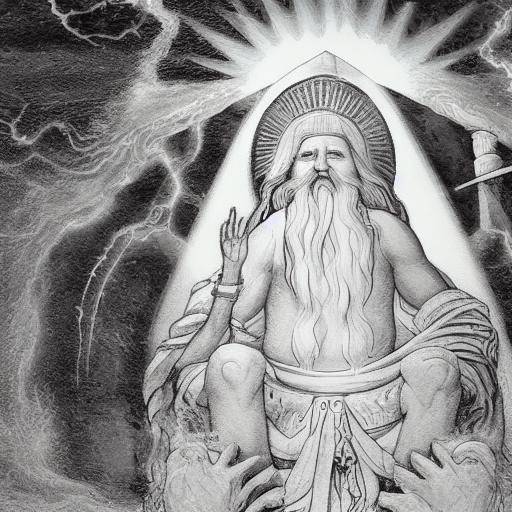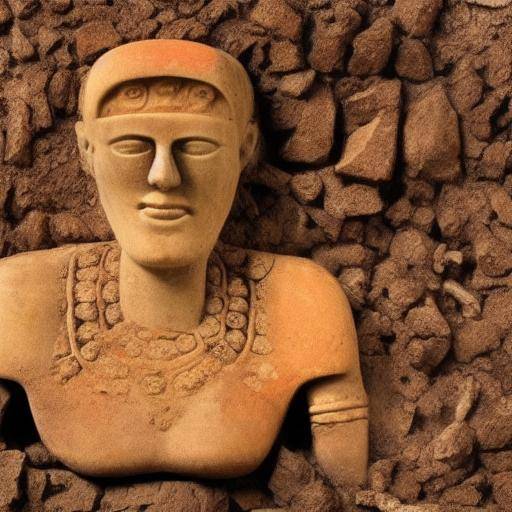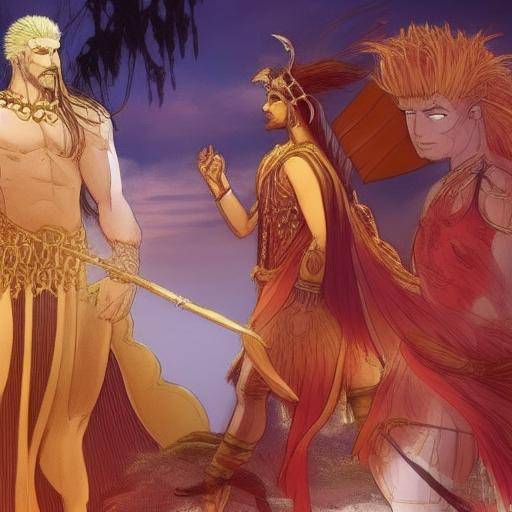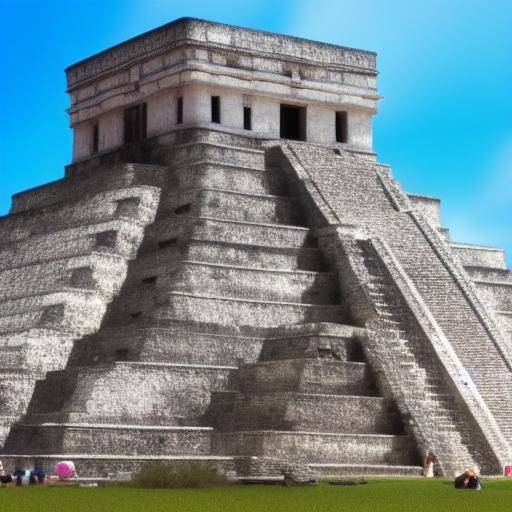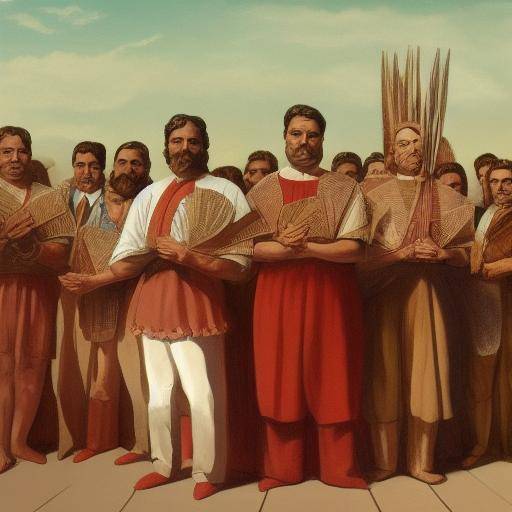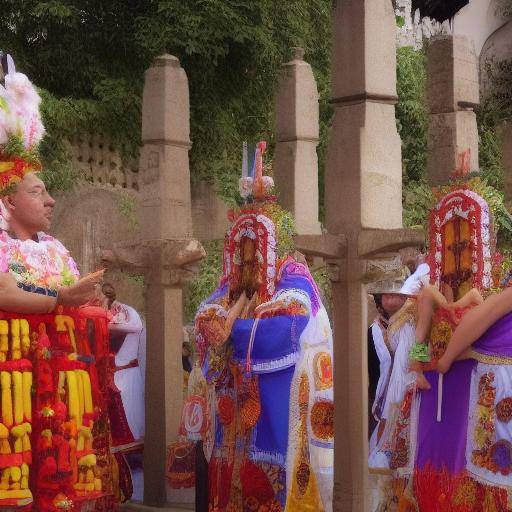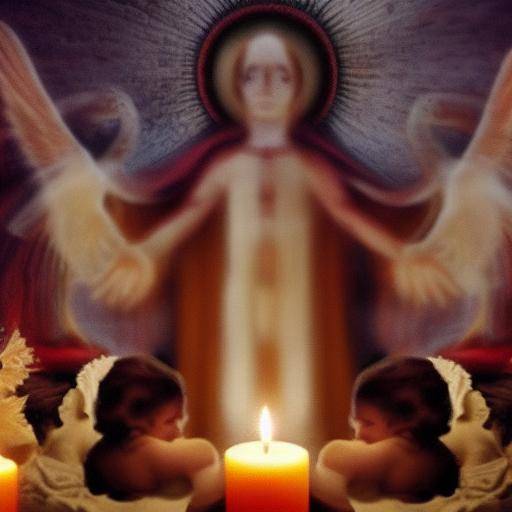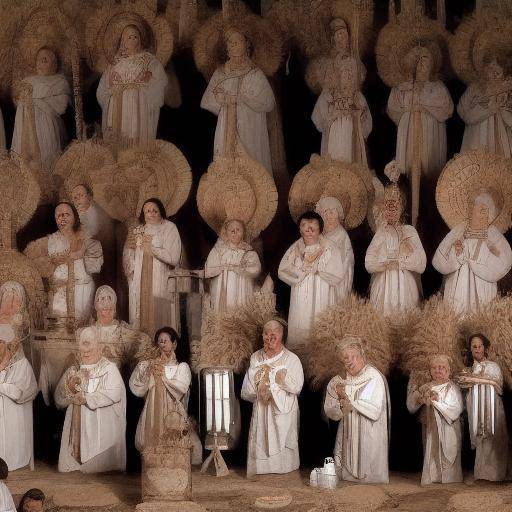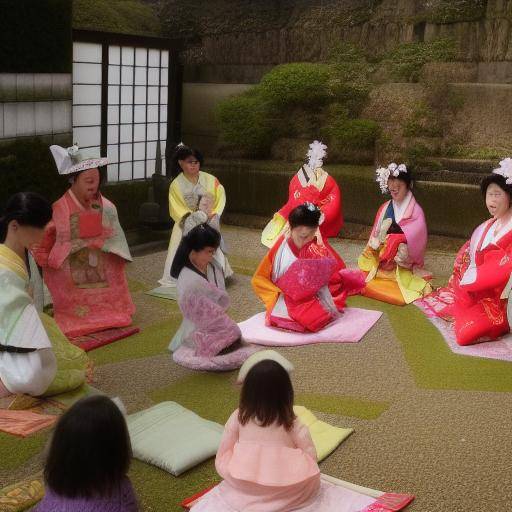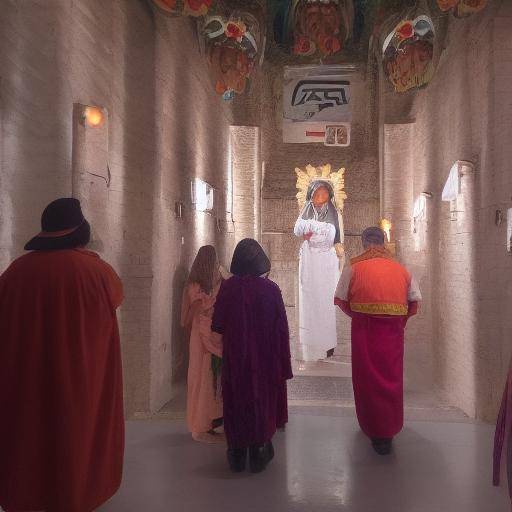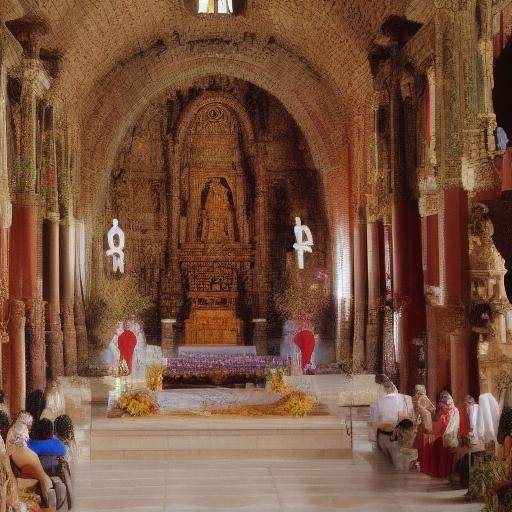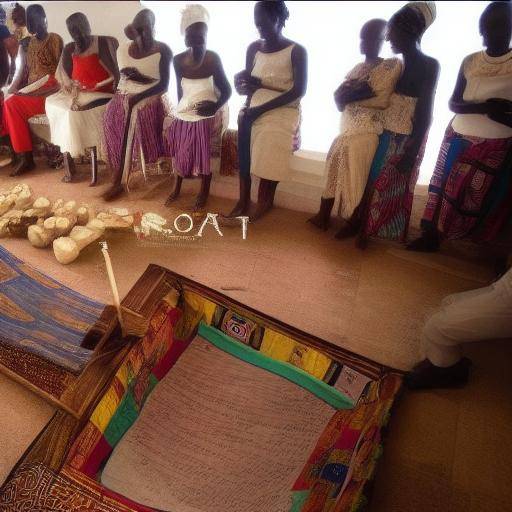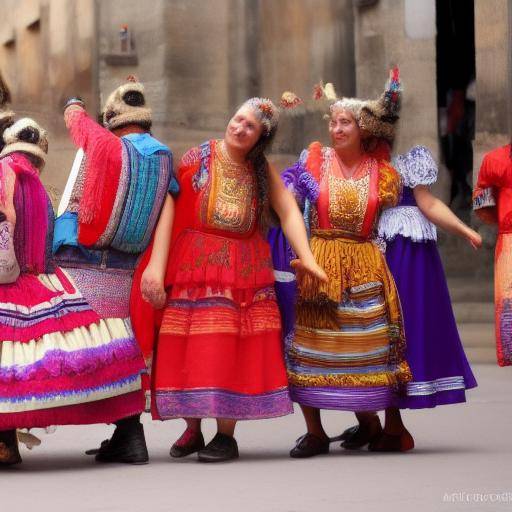
Mesopotamian mythology is a vast universe of beliefs, gods and rituals that have marked the history of humanity. One of the most iconic elements of this ancient culture is the zigurats, imposing temples that have awakened curiosity and admiration over the centuries. In this article, we will explore the meaning of zigurats in Mesopotamian mythology, immerse ourselves in their history, importance and symbolism.
Introduction
From the fertile lands that saw civilization born, structures emerge that challenge the passage of time: the zigurats. These imposing buildings were centers of religious, social and cultural activity in the former Mesopotamia. Throughout this article, we will unravel the mysteries surrounding these amazing buildings, exploring their meaning within Mesopotamian mythology and its relevance today.
History and Background
The zigurats, famous for their staggered form and their majestic location in the Mesopotamian landscape, date back thousands of years. Its construction was closely linked to religious beliefs and the conception of the world by the ancient Mesopotamians. The word "zigurat" comes from the word sumerio "zi", which means "elevado". These structures were erected in different cities-states of the region, the most known being Ur, Uruk and Babylon.
The zigurats not only served as temples dedicated to the gods, but also represented a connection between heaven and earth, a point of union between the divine and the earth. At its peak, there was a sanctuary where religious rituals and offerings were performed. Today, these monuments remain silent witnesses of a past time, continuing to be a source of fascination and inspiration for scholars and lovers of history.
Deep analysis
The importance of zigurats in Mesopotamian mythology transcends their religious function. These monuments reflected the power and influence of the ruling elites, as well as the technical and organizational skill of the civilizations that built them. As we enter their analysis, it is crucial to understand that zigurats not only represented a place of worship, but also had a significant impact on the daily lives of the inhabitants of the region.
If we consider the historical and cultural context in which the zigurats arose, it is possible to appreciate their value as centers of teaching, administration and astronomical observation. The imposing structure of the zigurats, with its broad steps and overlapping platforms, symbolized the grandeur and cosmic order, fundamental elements in Mesopotamian mythology.
Comprehensive review
The influence of the zigurats goes beyond the ancient Mesopotamia; it continues to be a source of inspiration and study today. Archaeologists, historians and experts in ancient religions have devoted considerable efforts to decipher the meaning and relevance of these temples. Archaeological research has provided valuable clues to the social organization, religious practices and the cosmovision of Mesopotamian civilizations.
In considering the structure and location of the zigurats, it is impossible not to reflect on their impact on the sacred architecture of other cultures around the world. The influence of these monuments can be traced to various architectural and religious traditions, promoting intercultural dialogue among ancient civilizations.
Comparative analysis
By contrasting zigurats with other elements of Mesopotamian mythology, such as myths and divinities, they reveal fascinating parallels and contrasts. Mesopotamian mythology is rich in mythical accounts that support the worldview of the ancient civilizations of the region. Mesopotamian myths, with their stories of gods, heroes and creation, provide a fundamental context for understanding the importance of zigurats. Through the comparison of these elements, a deeper understanding of the world's vision, values and beliefs rooted in Mesopotamian society arises.
The meaning of zigurats is also intertwined with symbolism and iconography present in Mesopotamian mythology. Artistic representations and mythical accounts, which often include the presence of zigurats, shed light on the cultural and religious values of the time. In analyzing these elements together, a network of meanings and associations is revealed that enrich our understanding of Mesopotamian mythology.
Practical Tips and Accessible Advice
While zigurats are monuments of the past, their meaning transcends ancient history and offers relevant lessons for the present. In considering its impact on Mesopotamian society, valuable lessons emerge on the importance of harmony between the divine and the earthly, as well as the human ability to erect structures that transcend time. The study of zigurats invites us to reflect on the connection between architecture, religion and daily life, offering a unique perspective that nourishes the understanding of other cultures and contemporary contexts.
Conclusion
The zigurats, emblematic pillars of the former Mesopotamia, continue to resonate today as silent witnesses of a past era. By considering its meaning in Mesopotamian mythology, we unravel the complexities of a civilization rich in traditions, beliefs and artistic expressions. We are challenged to contemplate the perdurability of these imposing buildings and to appreciate their legacy in the history of humanity.
The intricate relationship between zigurats, mesopotamian myths and their profound meaning invites reflection and continuous exploration. By unraveling the mysteries surrounding these majestic structures, we opened a door to a more complete understanding of Mesopotamian mythology and its relevance in the contemporary world.
Frequently asked questions
1. What is the symbolic meaning of the steps in the zigurats?
The phased design of the zigurats is considered a symbolic representation of the connection between heaven and earth. Each level represents a point of union between the divine and the earthly, reflecting the Mesopotamian cosmovision of the interaction between gods and humans.
2. What role did zigurats play in the daily life of the ancient Mesopotamia?
In addition to serving as places of worship and religious offerings, zigurats had a central role in social organization, administration and astronomical observation. His presence impacted various aspects of the daily life of Mesopotamian society.
3. How did the zigurats influence the sacred architecture of other ancient civilizations?
The zigurats exerted a significant influence on the sacred architecture of later civilizations, both in the Mesopotamian region and elsewhere in the world. It is considered that its designs and symbolisms have left a lasting mark on various architectural and religious traditions.
4. What mythical issues are related to the presence of zigurats in Mesopotamian mythology?
The zigurats are closely linked to mythical accounts that address themes of creation, divinities and heroes. Their presence in Mesopotamian mythology brings depth and context to these stories, enriching the understanding of the worldview and beliefs of ancient Mesopotamian civilization.
5. Why do zigurats continue to be the subject of study and interest at present?
The zigurats represent a fascinating window into the past, providing insights on social organization, religious practices and the worldview of Mesopotamian civilization. His legacy endures as a tangible testimony of a rich and complex culture, attracting the attention of researchers, historians and enthusiasts of ancient history.
6. What is the contemporary relevance of zigurats in the study of Mesopotamian mythology?
Despite the temporal distance, zigurats continue to be subject to study due to their impact on sacred architecture and their symbolism in Mesopotamian mythology. Its meaning transcends antiquity, offering valuable lessons and perspectives for the understanding of other contemporary cultures and contexts.
In conclusion, the zigurats occupy a prominent place in Mesopotamian mythology, personifying the intersection between the divine and the earthly, the grandeur of religious architecture and the symbolic wealth of ancient Mesopotamian civilization. His study and understanding lead us to a fascinating journey through the beliefs, values and artistic expressions of a millennial culture, resonating in the present as imperturbable witnesses of a glorious past.

